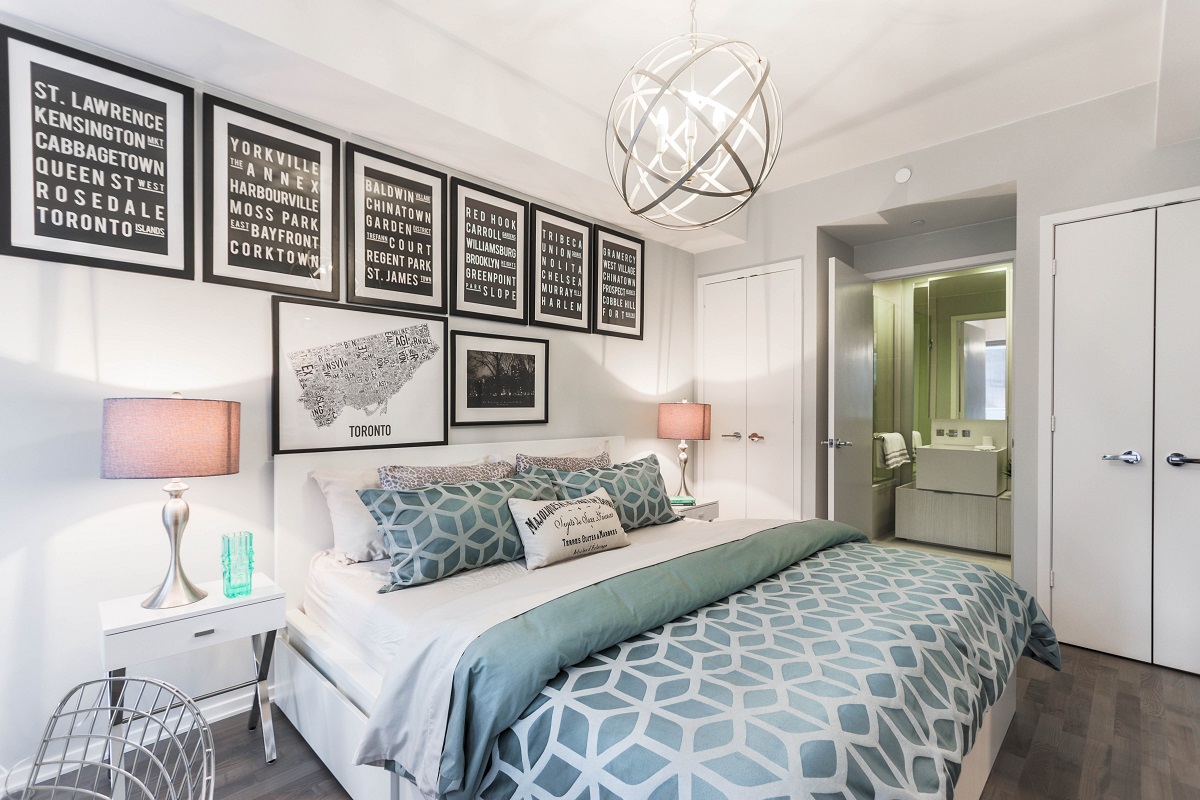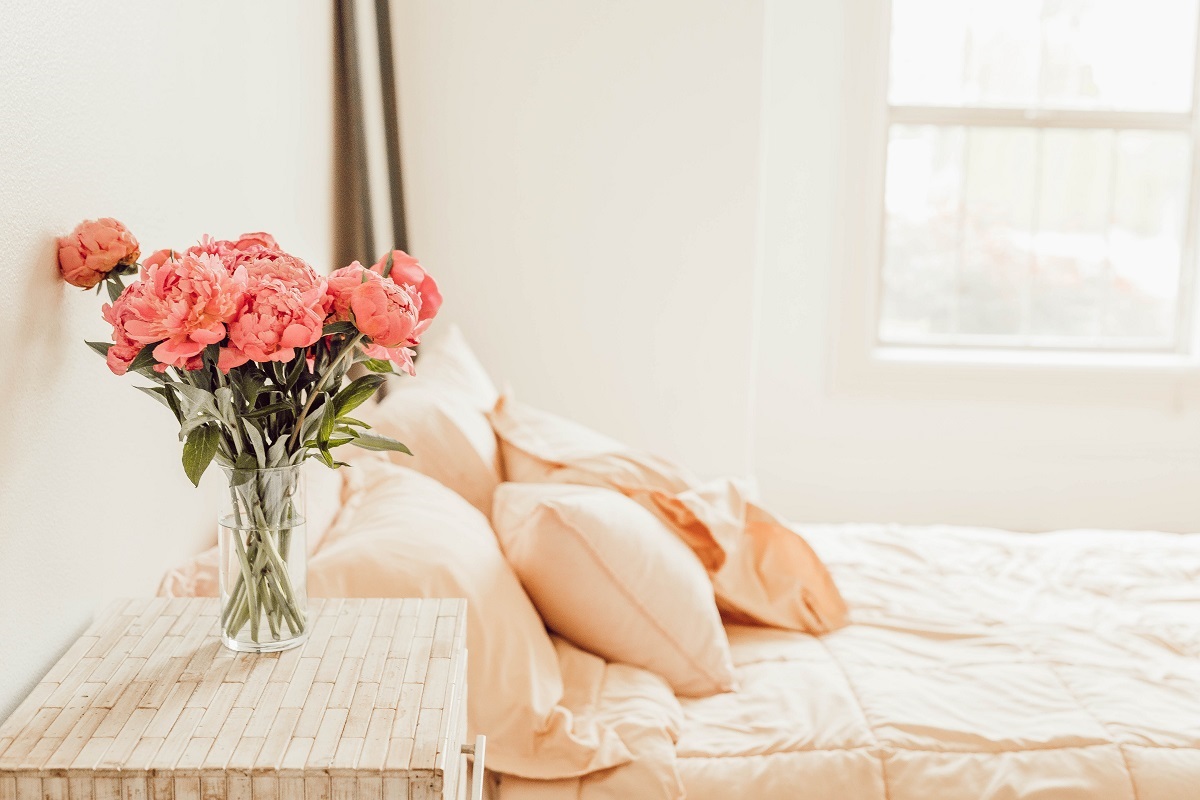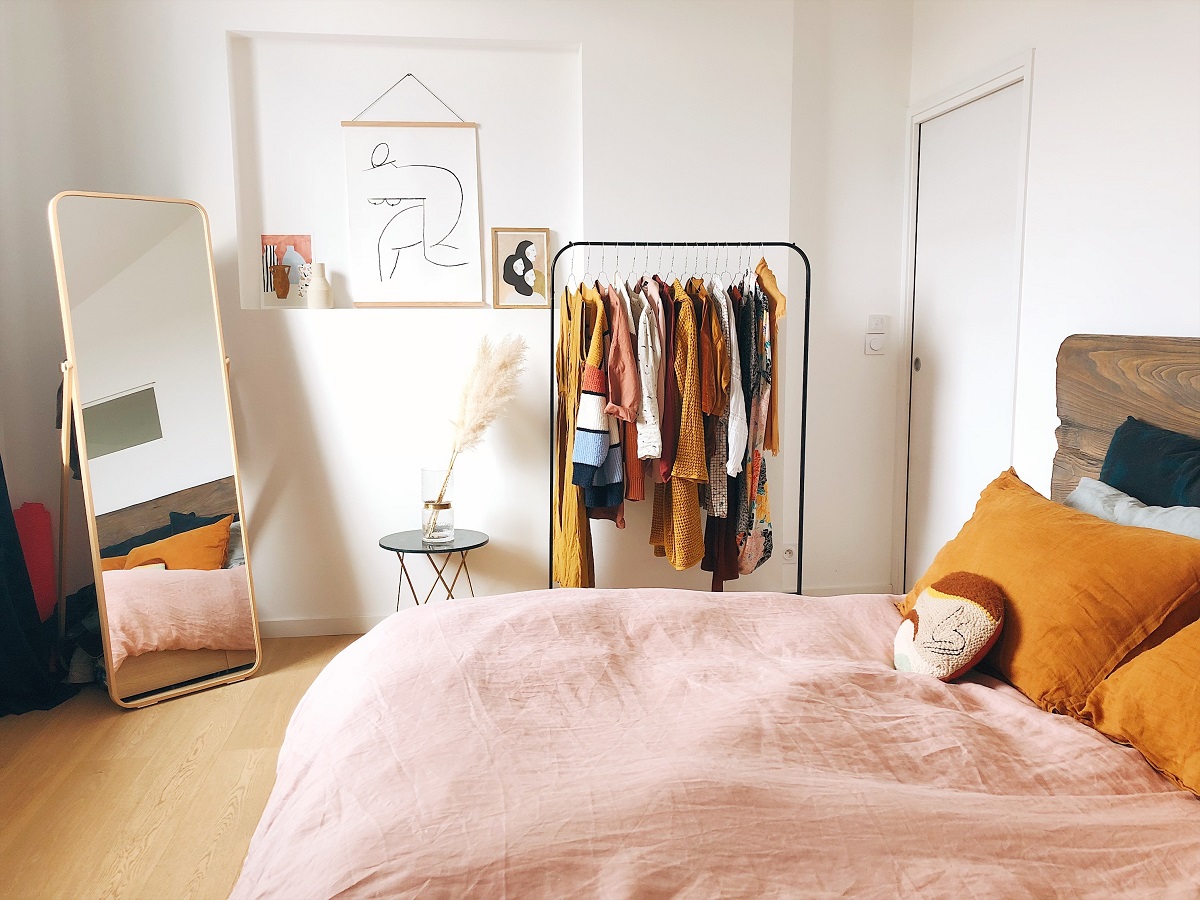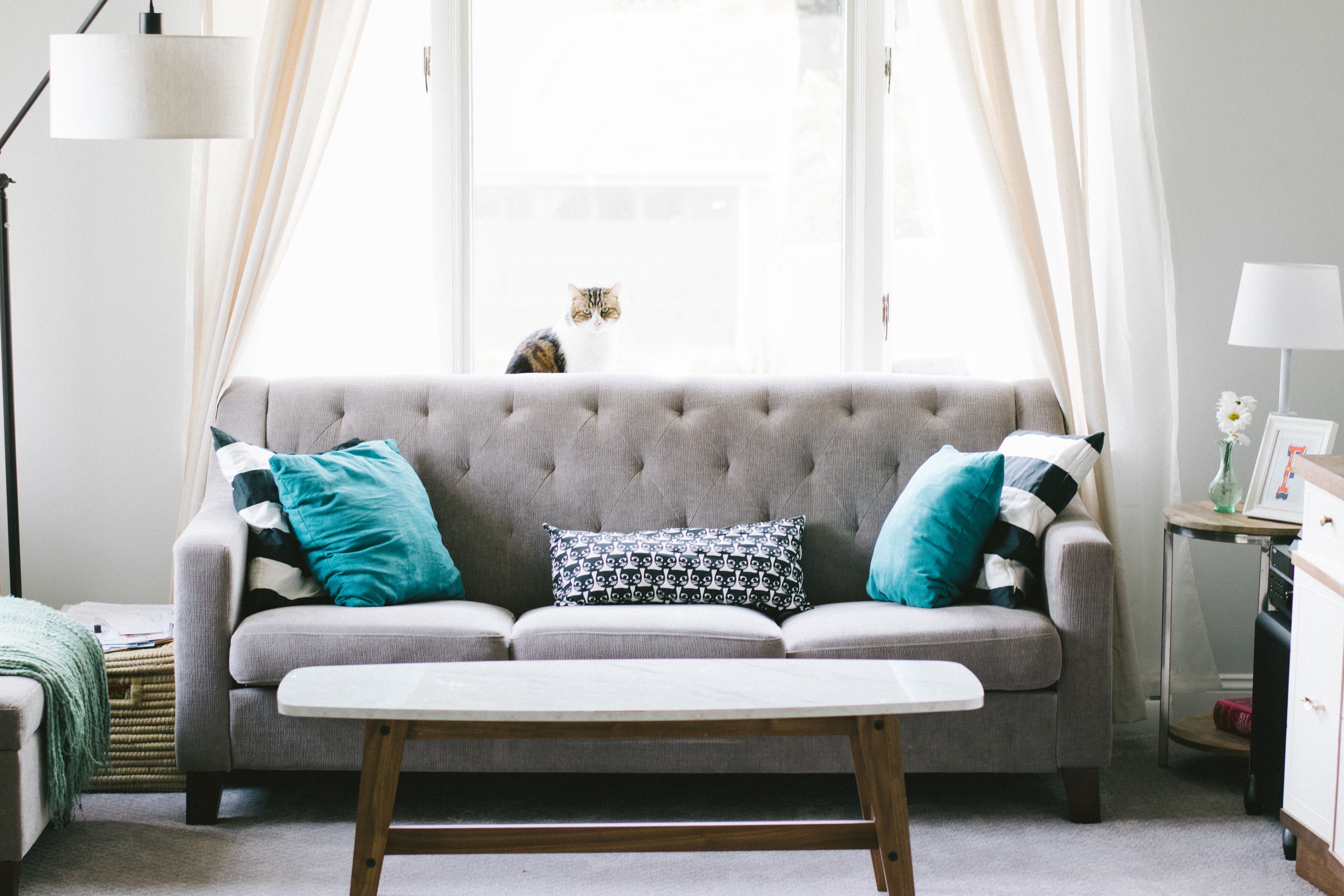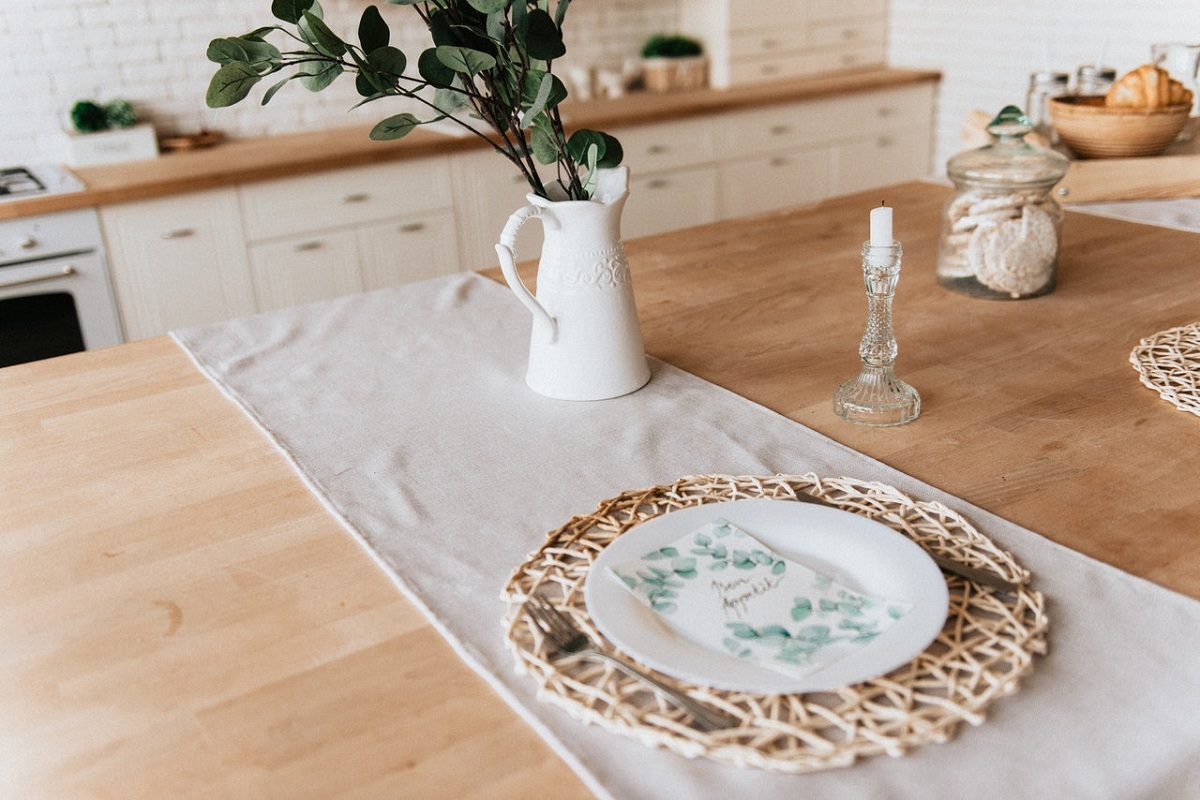How to Design a Calming Bedroom for Better Sleep
According to a government study, one in three UK adults suffers from insomnia.
67% of adults suffer from disrupted sleep and 23% admit to managing no more than five hours. That’s a lot of lost sleep, considering it’s recommended that we get seven to nine hours a night.
To try and improve sleep quality (and quantity) many people experiment with sleep trackers, cutting back on caffeine and trying herbal remedies. However, the problem could be closer to home than many think.
If you suffer from insomnia or just struggle to fall asleep in general, have you thought about refreshing your bedroom?
It’s not uncommon for surroundings to affect sleep and a whole host of factors can come into play here. So, to help we’ve put together the following guide on how to design a calming bedroom for better sleep.
1. Invest in a good mattress
Yes, we’ll begin with the basics. At the heart of every good night’s sleep is a comfy mattress and pillow. It’s important to remember that everyone is different, so what’s comfortable for you may be a far cry from what’s comfortable to others.
From hybrid to memory foam and innerspring to gel – there’s so much choice making it difficult to know where to start. To help, here’s a handy guide which breaks down everything you need to think about when buying a new mattress.
2. Opt for soothing shades over bright and vibrant colours
Whilst vibrant wallpaper and accessories can look great in the day, they can actually have a negative impact on sleep. When it comes to colour, it’s not just about how they look, it’s also how they make us feel psychologically.
Different colours evoke different emotions and it’s important to understand this, especially when decorating your bedroom. Blue is often regarded as the most soothing shade, evoking a sense of tranquillity and calmness. Green is regarded as a stress-relieving colour, which many believe to be due to its links with nature.
Red and vibrant yellows, on the other hand, are associated with energy and aggression. These colours can evoke stressful feelings and even quicken the heart rate, so try to avoid them as much as possible in your bedroom.
Don’t feel that you have to completely redecorate when introducing calmer colours to your room. You could simply opt for curtains, throws, comforters and lamps in those calming shades.
3. Cut back on the clutter
A study by St Lawrence University, New York, proved that an untidy room can negatively affect sleep. In the study, participants with cluttered rooms took longer to fall asleep, compared to those with neat and tidy spaces.
So, if you’re a self-confessed hoarder, you could be preventing yourself from getting a good night’s kip. Why not make time for a clear-out and turn your room into a minimalist sanctuary. Invest in boxes like this one to neatly store those bits and bobs out of sight, leaving you to get the sleep you need.
4. Try to keep electronics to a minimum
Standby lights, humming noises and beeps every time you get a notification is all you need when trying to get a solid night’s sleep. Most of us are guilty of going to bed with our phones by our side but this habit could be damaging our sleeping patterns.
Exposure to blue light from phones and tablets prevents the production of melatonin, the hormone which helps to induce sleep. So, scrolling through your news feed or watching something on the iPad before bed can keep you awake.
One of the main reasons people sleep next to their phone is for its alarm clock feature. So, to avoid this, invest in a traditional battery-powered alarm clock and try to leave your electrical devices outside of the bedroom.
5. Consider different lighting levels
A bright overhead light can be too stimulating at night, so think about incorporating different levels of lighting. When reading before bed, muted lamps will give you just enough light without being too stimulating.
When it comes to natural light, this may be disturbing your sleep in the early hours. If you find that you need complete darkness, it’s worth investing in blackout curtains to achieve the conditions you require.
6. Make it work for you
Finally, your bedroom should be your own, personal sanctuary. A place that reflects your taste and preferences. When designing the space, choose colours, accessories and furniture that you are drawn to.
These things will make you want to spend more time in the space and, hopefully, encourage a better night’s sleep. After all, there’s nothing worse than trying to get to sleep in a room you don’t like spending time in!
By putting the above into practice, catching those z’s should be much easier for you. Is there anything different that you have tried which has worked well? If so, let us know in the comments.
Find our full bedroom furniture range here.



